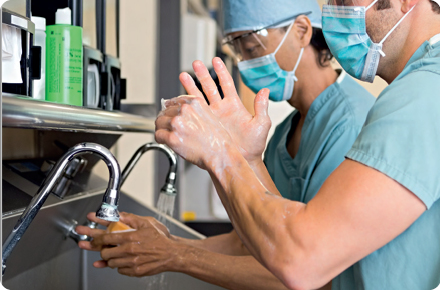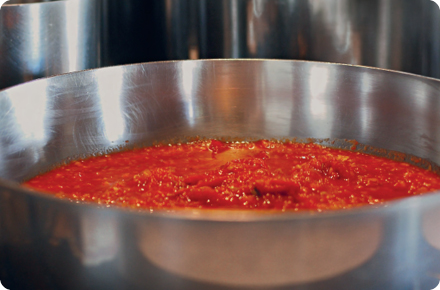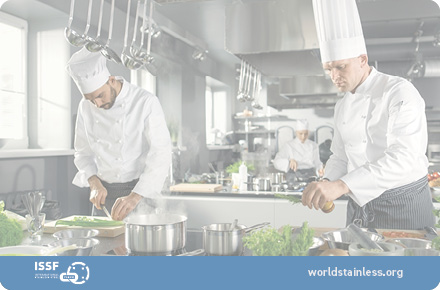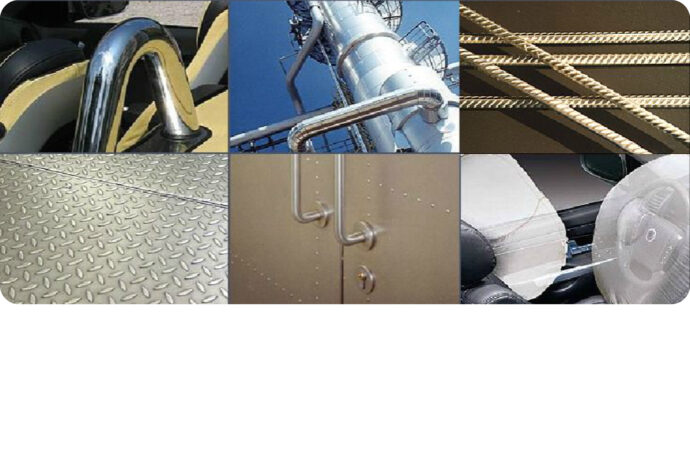Protection of human health
The ease with which stainless steel surgical instruments and appliances can be kept clean and sterile provides an obvious illustration of the way the material helps to safeguard our health. However, there are so many less obvious ways in which the contribution of stainless steel to our well-being is of growing importance.
The “hygienic” qualities that are so vital to medical equipment are equally valuable when used in the preparation of healthy foods and beverages (see also “Food and beverage industry”). In the kitchen and bathroom, sinks and utensils made from stainless steel not only look attractive but are easy to keep clean and free from harmful bacteria.
In the field of transport, stainless steel catalytic converters help to reduce the pollutants from exhaust systems that have been a major concern for health in our towns and cities.
The generation of electricity provides further examples, such as the removal of poisonous fractions from waste gases being emitted from coal-fired power stations, and the safe storage of radio-active waste from nuclear facilities.
These are just some of the ways in which this versatile material helps us to tackle threats to human health from a variety of sources.




